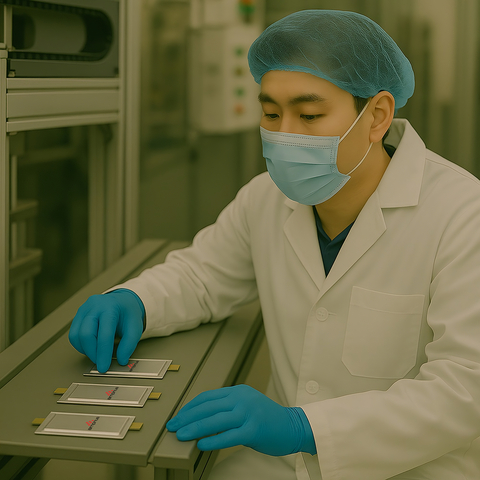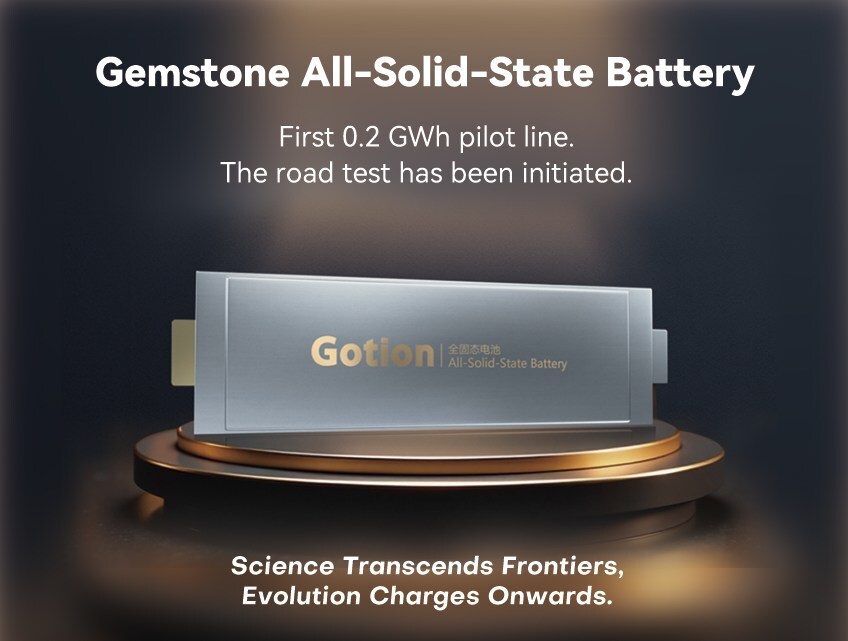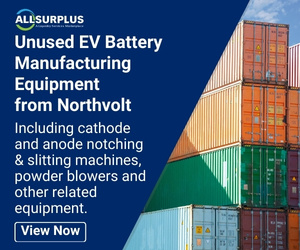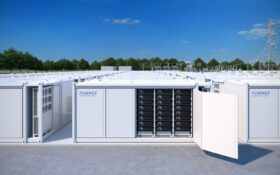Residential Energy Storage Systems connected to PV arrays are still five years from becoming economically viable in Australia, according to a new report.
Alternative Technology Association (ATA) predicts grid-connected battery storage will become ‘economically attractive’ for many homes from around 2020.
Damien Moyse, the ATA’s policy and research manager, said: “At today’s prices, most Australian households won’t be able to achieve a 10-year return on their investment – which is the typical lifetime of a well-designed and operated battery system.”
What this means in the short term for lithium-ion giants such as Tesla (7kWh Powerwall), Panasonic (8kWh domestic ESS), and LG Chem (1-10kWh Residential Energy Storage Unit) remains to be seen.
In the long term, Australia’s energy storage market will have grown to $630 million by 2020, predicts GTM Research. The firm also says Australia will hit 244 MW of annual installed capacity by 2020.
Next year the residential market will drive growth to 44 MW from 1.9 MW this year, says GTM Research.
What the future holds for other chemistries is another story.
A quick scan of the internet for products released onto the Australian market reveals AllGrid and Giant Power have launched lead-acid home ESSs. Other chemistries include Aquion’s Sodium-ion and Imergy’s vanadium redox flow battery.
However, these appear to be the exception, not the rule.
For more on the expanding ESS market click here












